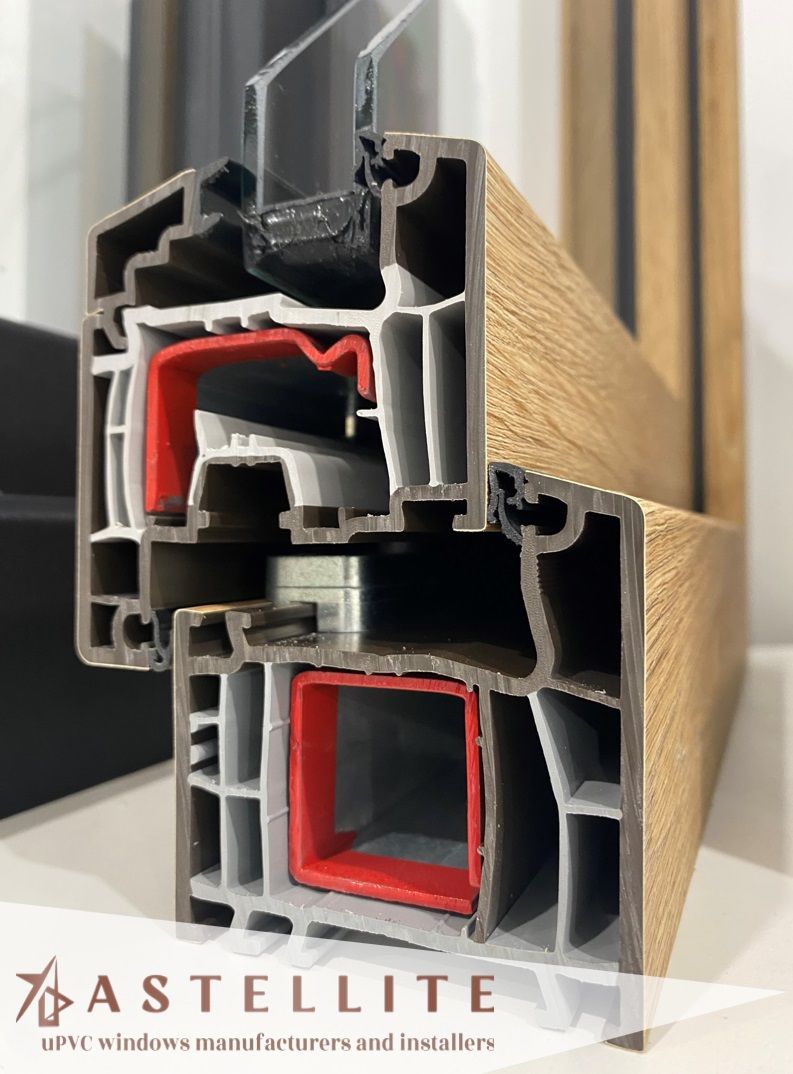
Are uPVC Windows Truly Thermally Broken?

One of the key features of uPVC windows is the frame’s air chamber system. These profiles typically have four internal and four external chambers, preventing heat transfer by trapping air inside. This multi-chamber design helps regulate indoor temperatures by reducing winter heat loss and minimising summer heat gain. It also enhances sound insulation, making uPVC windows and doors an excellent choice for homes in noisy environments.
The thermal break within the Aluplast uPVC profile is vital for maintaining a consistent indoor temperature by preventing heat transfer between the window’s interior and exterior layers. During the warmer spring and summer months, the thermal break helps keep heat outside, ensuring your home stays cool and reducing the need for excessive air conditioning, leading to significant energy savings.
The outer Aluplast uPVC profile width is 70 mm, the profile itself is 3 mm thick, and each chamber is 1 mm thick, offering robust durability and strength. Notably, the profile is separated from the floor structure by 8 mm, which helps prevent direct contact with moisture, further enhancing its durability and longevity in all applications.
These features make Astellite Manufacturing’s Aluplast uPVC windows and doors ideal for year-round comfort, offering enhanced insulation, energy efficiency, soundproofing, and long-lasting performance.



